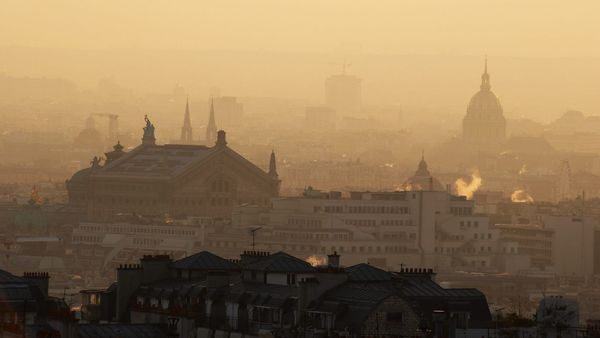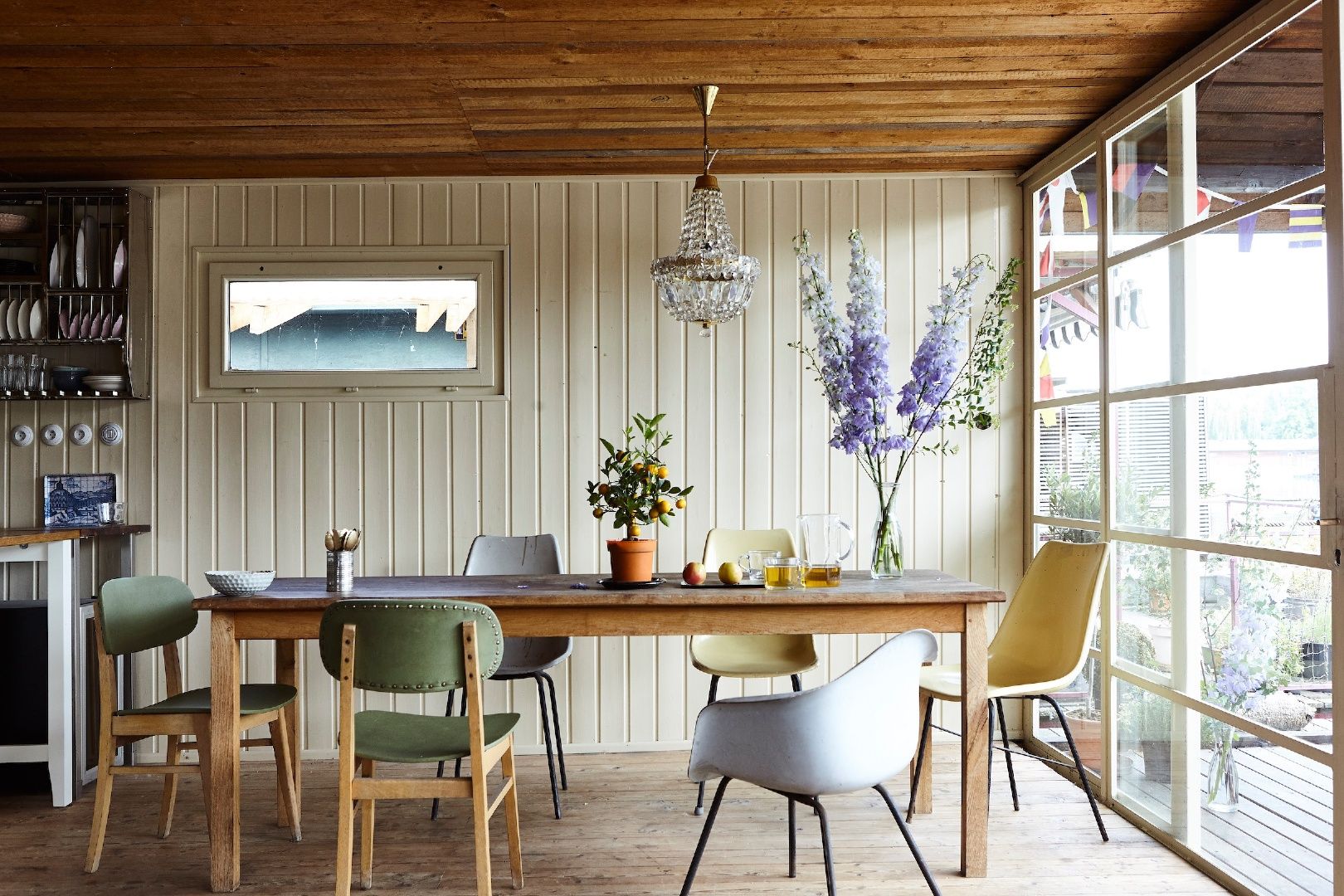Last April, in the early stages of the pandemic, we made a series of articles entitled Living (space) after the epidemic. We asked an architect, a designer, an urbanist, and an environmental psychologist about how the experience of confinement will affect our living spaces. We are now revisiting the topic after more than a year, this time focusing on how the recent period has affected interior design trends. For sure, the security function of our home has been enhanced, the question is simply whether warm colors, unique solutions, personal and cultural references, or, the opposite, stripped-down, sterile environments bring us reassurance? Eclecticism versus minimalism!
In architecture and art history, it has long been observed that the more refined eras are followed by aesthetically oversaturated trends. Think, for example, of the post-Renaissance Baroque, which was then replaced by Classicism. From the mainstream trends of recent years, the modern, minimalist aesthetics of simple elegance, which came after the vibrant 2000s, has clearly emerged. However, as a result of the intense stay at home, it was as if it had turned around once again: the need for colors, rustic textures, and objects reminiscent of something distant in space and time appeared. We sought the opinion of experts to see if the minimalist style really had gone down.
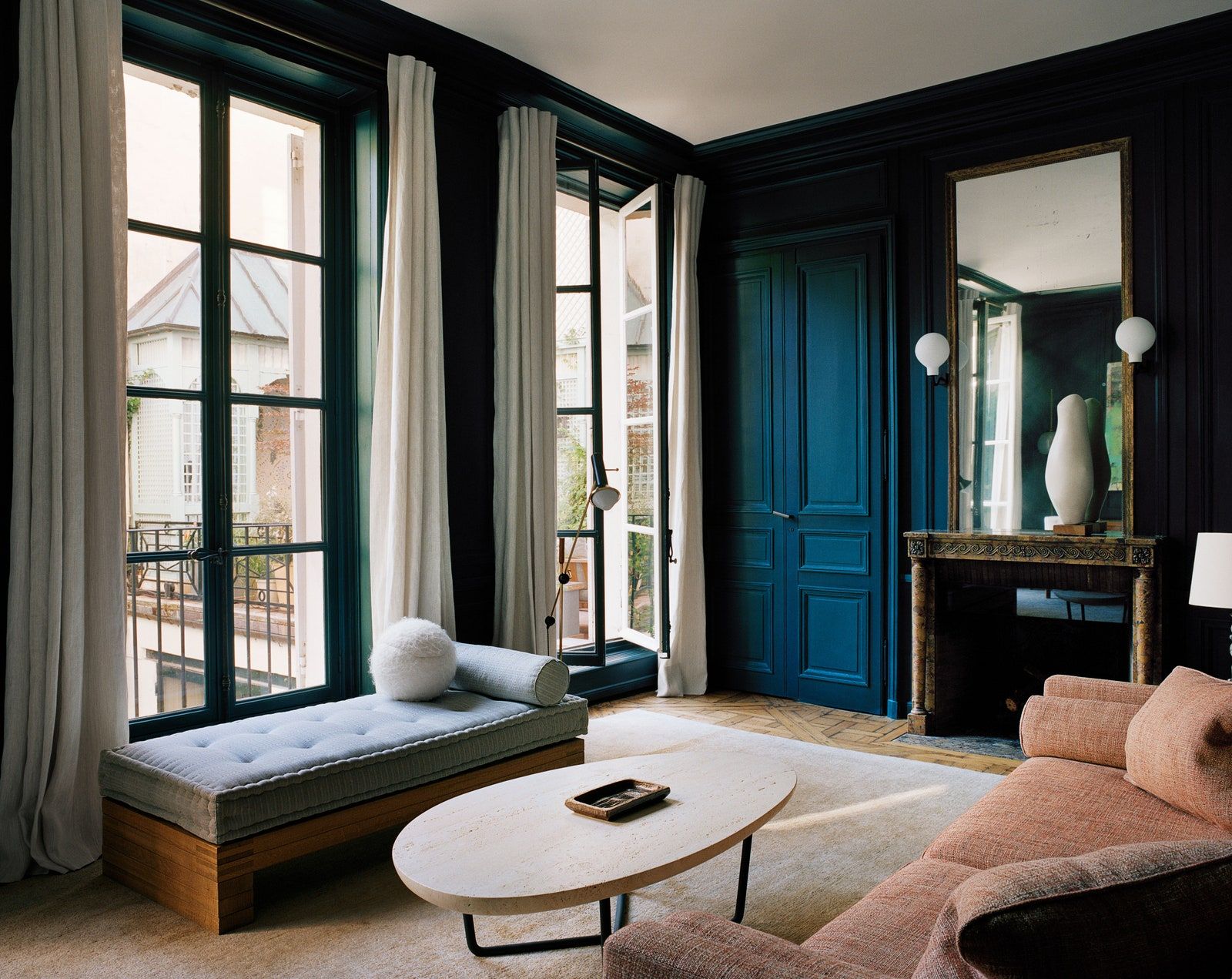
Regardless of our aesthetic mindset, the pandemic has created a deeper awareness of our living spaces. In our never-before-seen depths, we have experienced the effects of our immediate environment and objects on us. The chair, which so far we have only seen in the morning and evening and barely sat in it, has become an essential accessory of the home office. Has it grown to our hearts or have we had enough of it? Do you still like the painting in the living room, or is it that the emptiness of the wall has become insane? In an interview last year, Living (space) after the epidemic, Attila Cosovan, designer, put it this way: by being more and more at home, the role of space itself is appreciated and we realize that we can’t fit because of our things. “I hope we will get cleansed and I hope we will purchase things that can stay with us for a long time again,” he told us then. However, a well-chosen little does not necessarily have to be aesthetically puritan.
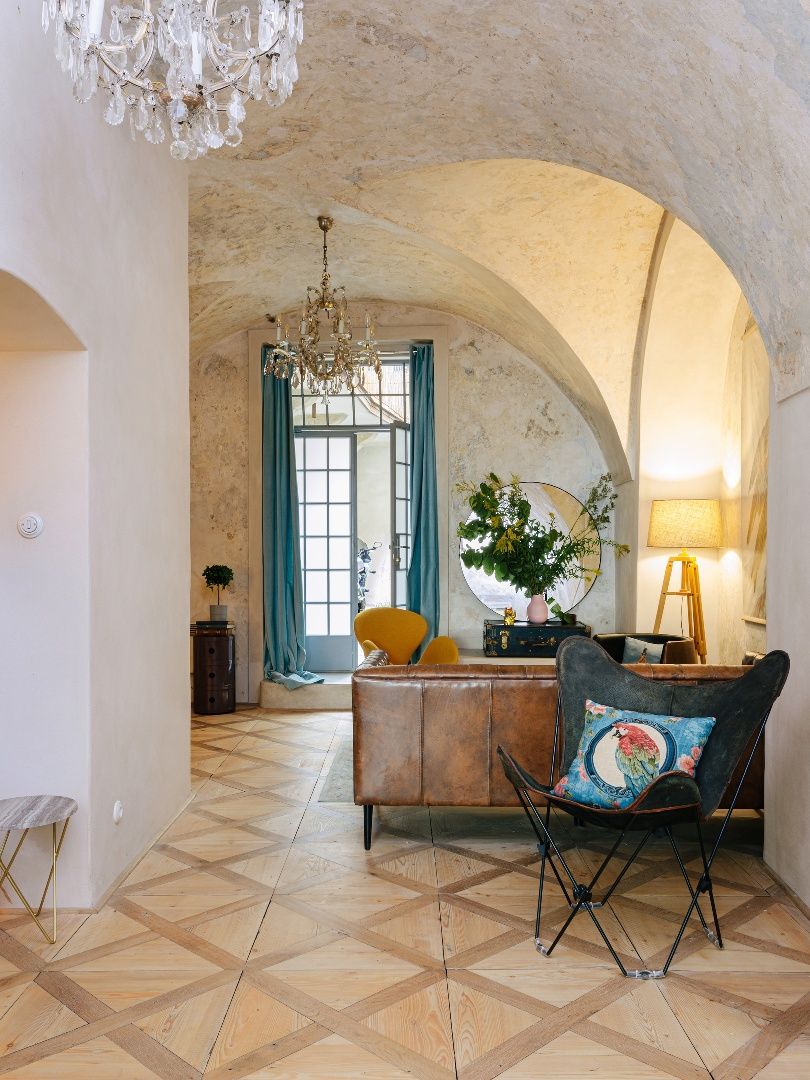
Gemma Riberti, head of interior design at WGSN Lifestyle & Interiors, told Architectural Digest that the pandemic had significantly intensified nostalgia and the well-known longing for the past. This has an impact on the increased popularity of vintage and antique pieces, which go hand in hand not only with a reminder of the past but also with current sustainability efforts. The minimalist aesthetic trend has so far in many cases not been linked to minimalist philosophy (that is, voluntary simplicity) and sustainability. Extremely perfected, cold interior design solutions and shimmering-flashing new objects often involve unnecessary investment of money, materials and energy. Now, however, you can see that the previously tightly stripped, black-and-white spaces are filled with plants and natural colors. Grandma’s legacy already fits nicely with a carefully selected, modern design piece of furniture, and against the sterile overall effect, an honest architectural/interior design concept emerges. Honest solutions can stay simple without striving for either artificial perfection or the “blank sheet” effect in the philosophical sense. This was also observed in the interiors of Bánáti and Hartvig’s new headquarters, where the walls of the old building were left with pencil marks and defects and, if possible, reinterpreted from the original materials. This simplicity includes preserving the past, highlighting the context, and details left naturally.

“I don’t think the minimalist trend is over, but the natural elements definitely break down the visuals we’ve known so far,” Martina Kralova from the Czech interior design firm, Apartment Doctor also told us. She added that people are beginning to realize that the basic design of object culture and architectural heritage needs to be preserved. They want to blend the old with the new as they become more and more open to nature in the interiors: by taking advantage of terraces, plants, organic-shaped objects, and natural materials: rattan, tree trunk furniture, gravel-shaped, and corrugated mirrors are conquering.
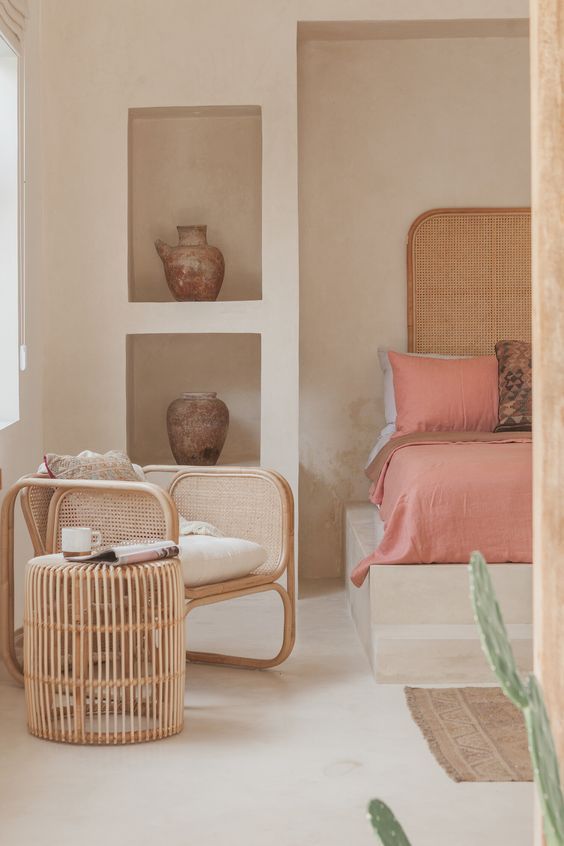
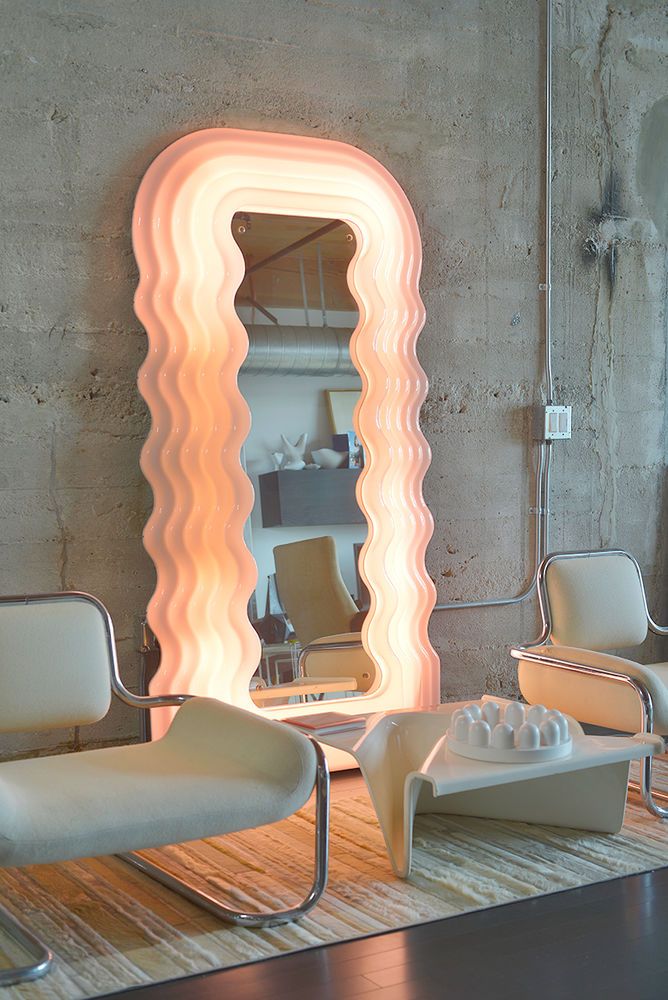
Think of Instagram’s big star, the Ultrafragola mirror designed in the 1970s by Ettore Sottsass, whose replicas flooded the internet. The popularity of mirrors is further linked to the trends caused by closure: self-reflection and space expansion in a single accessory.
For many, the opening to nature does not stop at rethinking the interiors, but there is also a specific change of location, which is later returned in the furnishing of the new home. “We see the change most in the architectural aspects of the pandemic. Our current interior design projects are the design of family houses where the owners decided to move to a house with a garden and to the suburbs during/after the confinement in the city. We feel that the many Covid waves validate this trend,” said the Hungarian Position Collective & Concept studio, whose interiors fit into the golden-mean trend discussed above: timeless and basically minimalist, but not afraid to make the atmospheres more intimate with colors and patterns. This rural idealization can also be seen in the so-called cottagecore trend, which basically started as a fashion trend during the quarantine period, but also appeared in interior trends.
Among Hungarian experts, we also asked architect József Őrfi, the author of the Égigérő Építész blog. “As a practicing designer, I see that the period behind us hasn’t yet brought a breakthrough, although its impact is already showing. The change of attitude is reflected in the emerging demand, I am commissioned with simple, “barn” style, timeless houses with a gentle approach. However, the individual design variants made for them are still chosen on the basis of old reflexes, be it size or technology. I think the need for truly gentle, self-restrained houses will become more widespread over the years as we increasingly face no other way forward.” This way, gentle architecture can be interpreted in a similar way to an intimate minimalist conception of sustainability and the past.
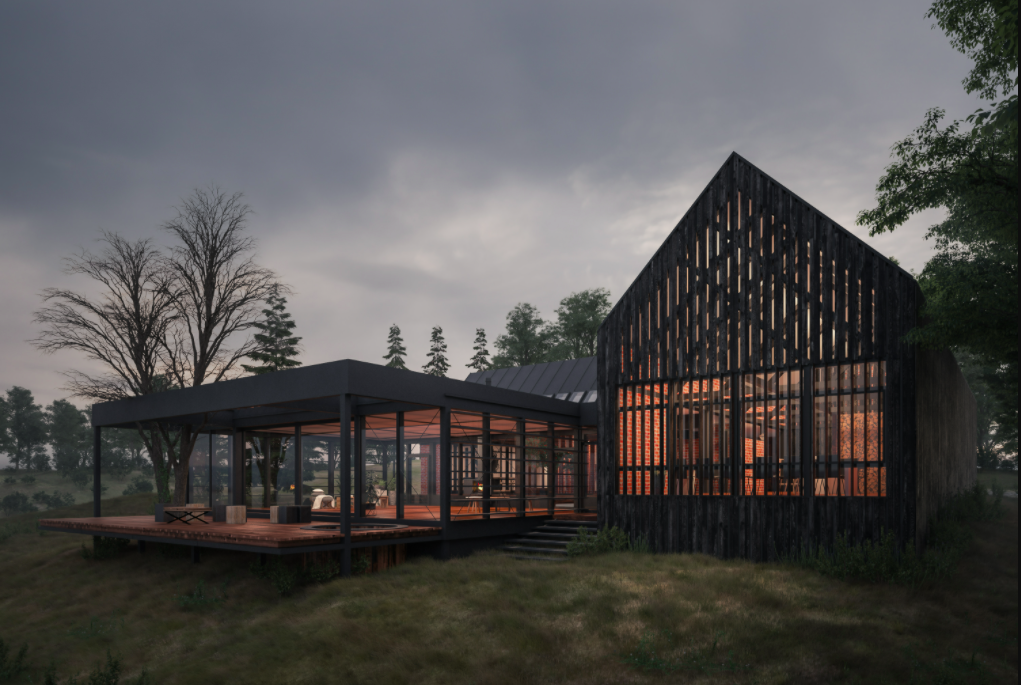
It is interesting to mention the collaboration project of the Italian design studio Salvatori, the Village Project, in which popular architects and designers were asked to design abstract miniature houses from the company’s natural stones to reflect on the homes of the future. “We looked around in our home with fresh eyes and thought about how we wanted to change it. We realized that our home is a refuge and as such, it should reflect who we are and how we live,” writes Salvatori, about the project. Spanish architect Patricia Urquiola, for example, in her collection called Kore, reached out to Greek sculptures as inspiration, depicting young women on the threshold of adulthood. Petra and Alma, the two house types in the village, evoke a sense of family warmth and intimacy.
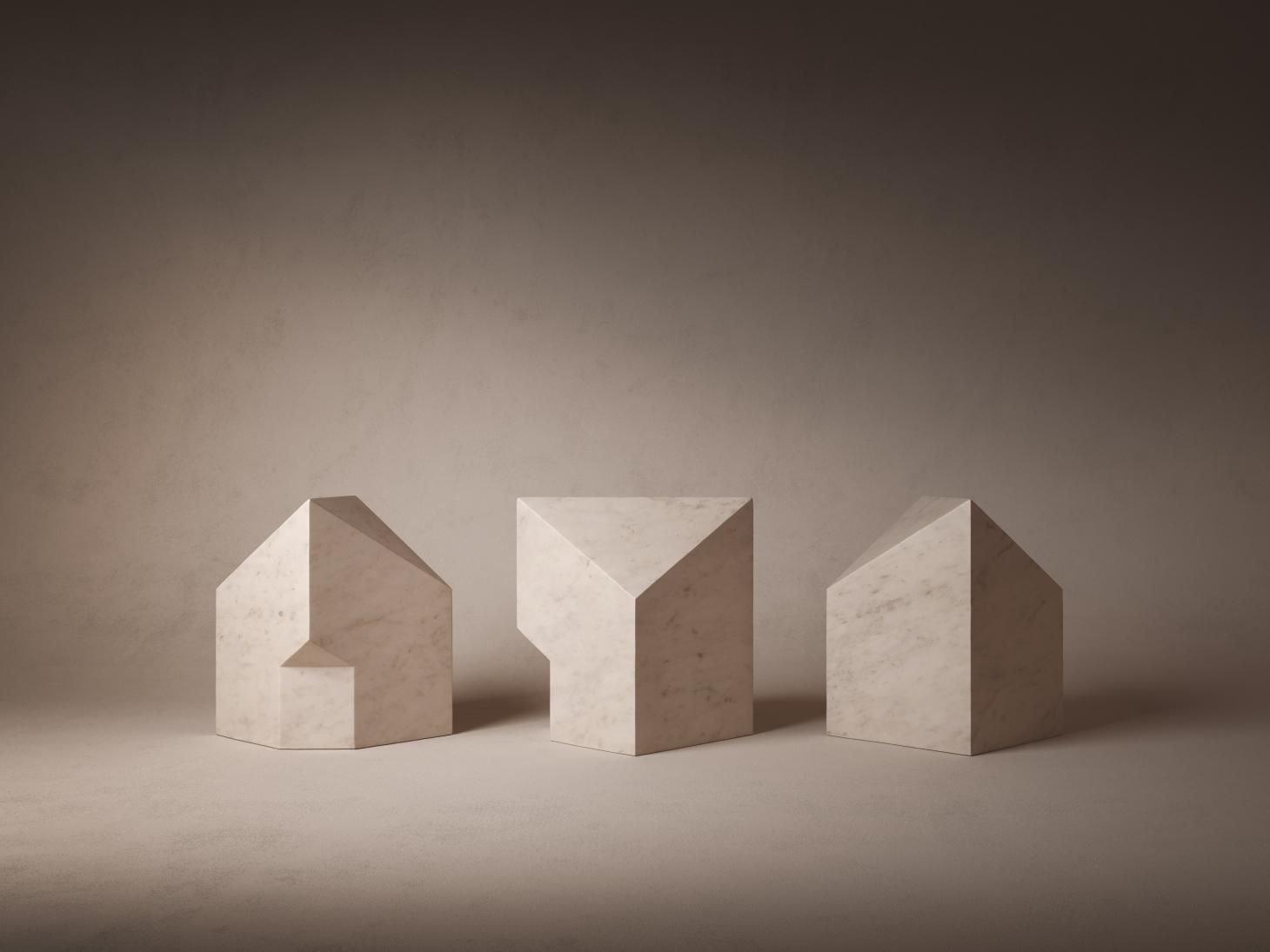
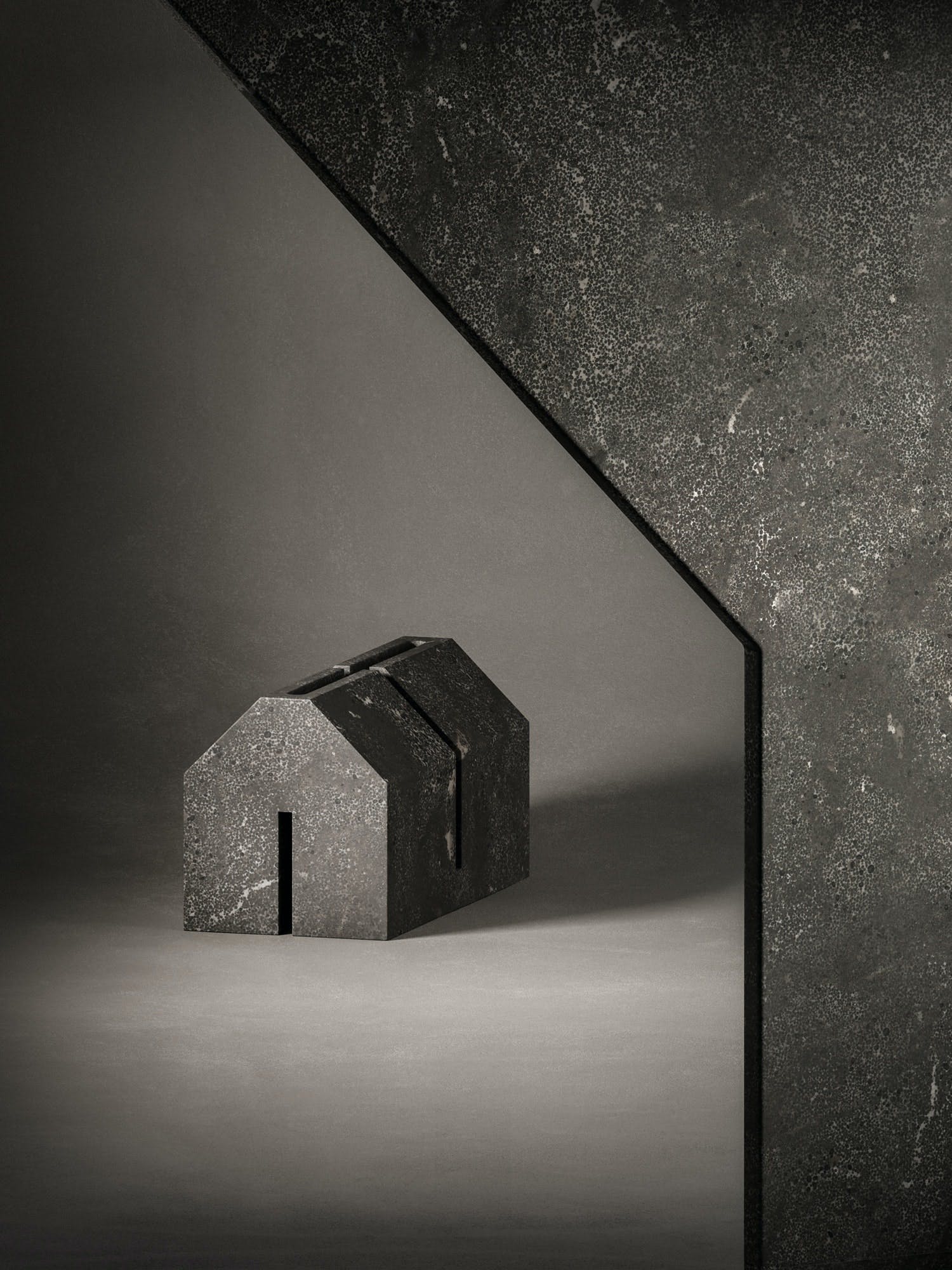
The solution of House of Stone by John Pawson, an architect famous for his minimalist style, evokes the barn style mentioned by József Őrfi. It displays the deepest visual association of the home in an extremely simplified way.
The Trendcurve international trend research also agreed with our views on this topic: “The pandemic has reinforced the minimalist approach to product design in many ways. However, where there is a trend, there is always a counter-trend. Consumers are becoming more and more interested in the details that make furnishings more expressive and optimistic. A kind of playful trend is flourishing, but it has become more sophisticated than before.”

In conclusion, minimalist aesthetics without content, perfected to the extreme, is going through radical changes, if not dead: it is becoming more and more alive and meaningful. It is moving towards a more personal direction that is not afraid to approach traditions, is more aware of the sustainability of the wider environment, and the impressions of the personal environment affecting the individual. The minimalist style thus moves closer to the original philosophy of minimalism while moving away from the strict aesthetic puritanism known so far. This awareness has the same effect on the eclectic trend, which becomes more restrained by thoughtfulness. The goal is to have the accessories of our home not only with us for a season but to become a part of our lives in the long run while filled with content. In our world, which is polarizing in many other respects, interior trends can thus become more harmonious, resulting in more intimate minimalism and simpler eclecticism.
The images used are free associations.
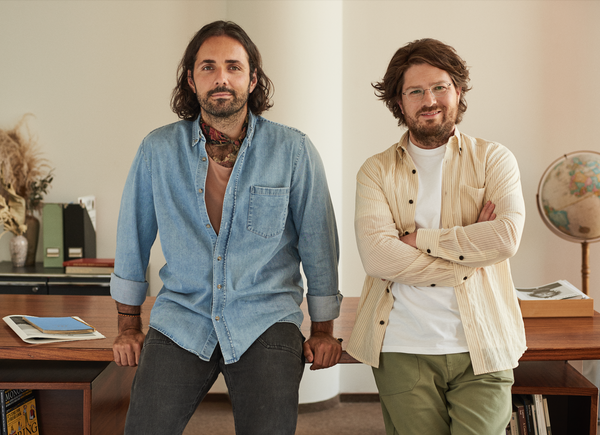
Creativity within a Framework | Vanguards and the Recipe of Success

We can get the first look of the iPhone 13
